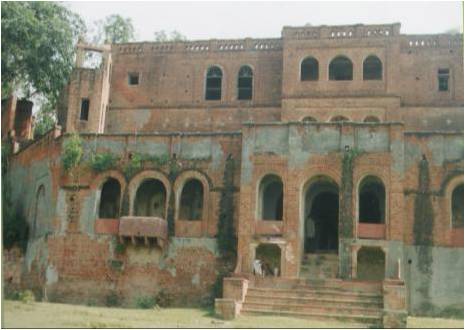
“Shyam Kuti” built by Architect Late Pt. Shyam Lalji
- It was built by the architect himself in 1929.
- This is a perfect example highlighting how Colonial Architecture mixed into the age old Indian Tradition.
SITE PLAN AND SITE CONDITIONS
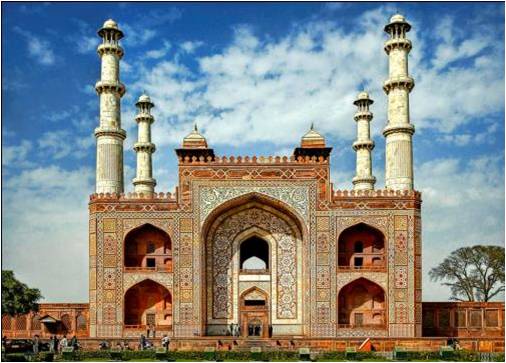
- Located in Sikandra, a small township near Agra of Uttar Pradesh, “Shyam Kuti” is built right on the banks of Yamuna.
- The famous Akbar’s tomb is just 4 kms from the site.
- The house is situated on a slope of 1:4.4
- During the time this house was built, the river used to flood and rise up to just 5 metres below the road level, which meant that the major part of the slope which housed Shyam Kuti would also get flooded.
- The site also was at a height of around 2.4 metres from the road level.
- The site is south-east facing.
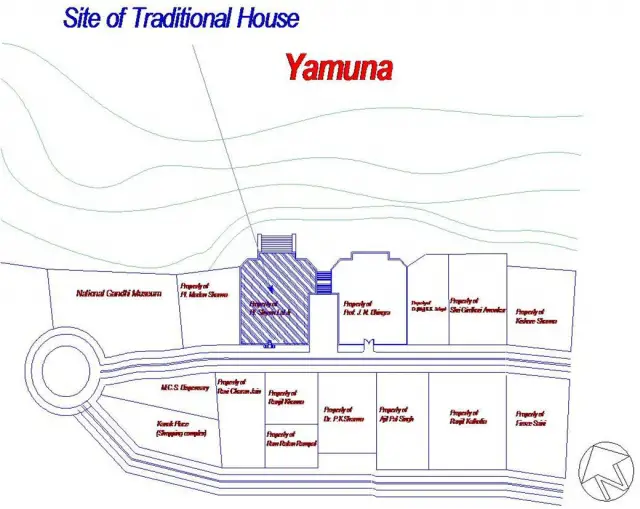
CLIMATIC CONDITIONS OF SITE
- The climate of Sikandra, Agra is composite.
- Its characteristics change from season to season. It has basically three climates, hot and dry, warm and humid, cold and dry.
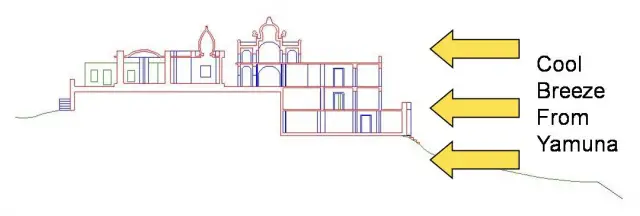
- If we observe the section, the house does not have a courtyard.
- It signifies how bungalow style has been incorporated in the house.
- As such in the river side elevation, the house has its different floors extending to different distances so that it confirms with the slope of the place.
- This makes the breezes from the river flow in easily into the house through the large arched windows.
SOCIAL CONTEXT OF THE HOUSE
- Pt. Shyam Lalji always wanted to spend the last days of his life in the service of God.
- According to his family traditions, he built a temple for his family, “Prem Mandir” which opened for public only before Baisakhi every year, when Sadhus and fakirs in hundreds would be invited for the Maha Yagya.
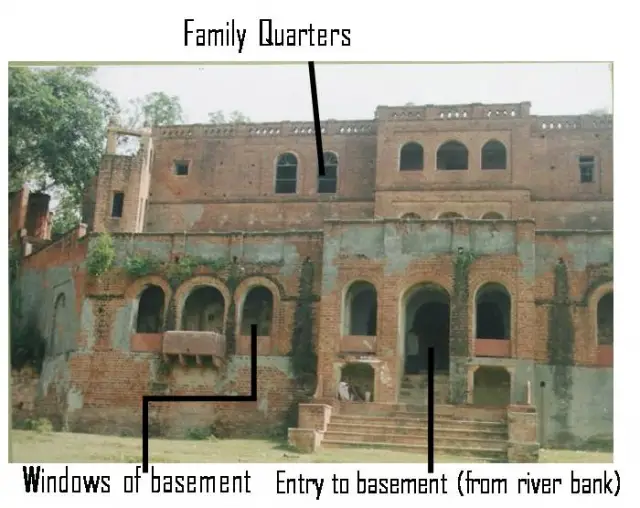
- He had to think of how to accommodate these flow of Sadhus and fakirs.
- It was for this reason, that he built a very big open basement so that this area could be used a dormitory for the sadhus.
- The house has been built in such a way that the private life of the family is not disturbed by the presence of so many guests At one period of the year.
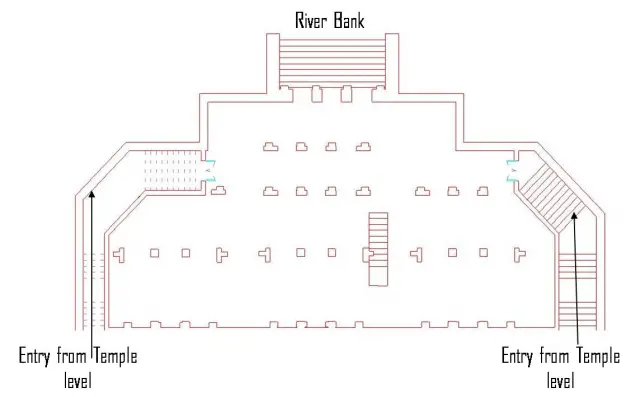
BASEMENT FLOOR PLAN
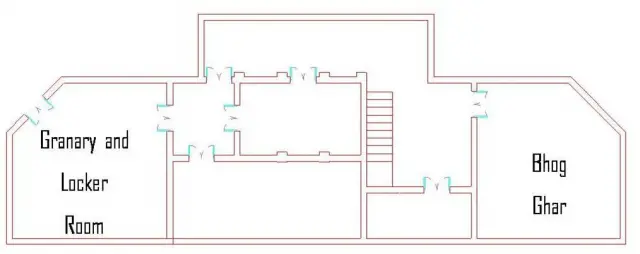
SEMI BASEMENT PLAN
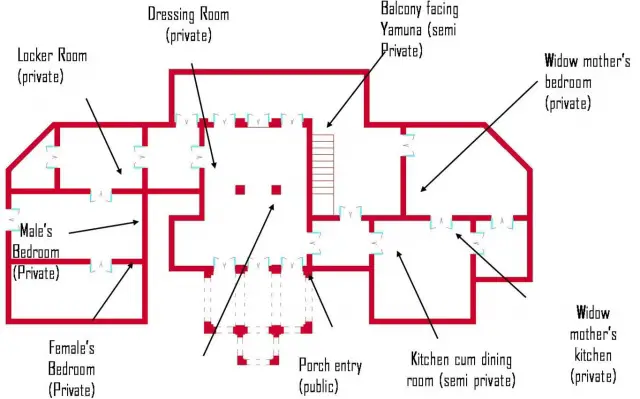
GROUND FLOOR PLAN
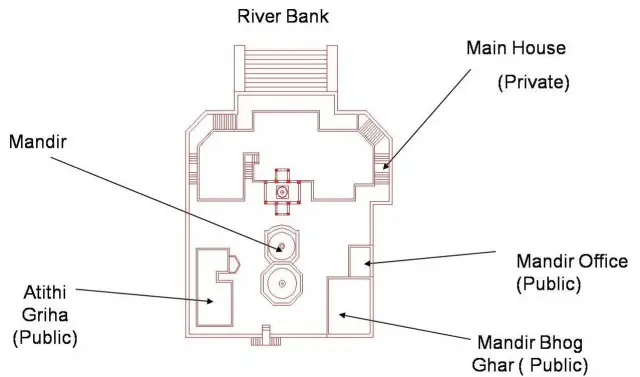
PLAN OF ENTIRE COMPOUND
- When he was building the house, he had to keep in mind not to disturb the ethics of the mandir with his family life.
- He wanted to have a private life for his family and also a very public life for the mandir.
- His widow mother also lived with him. And in those days the widows were not supposed to come out in the public.
- They were supposed to have a separate kitchen of their own.
- As such the pious widow had a separate kitchen just next to her bedroom.
- The bedroom was also place cleverly very near to the mandir so that the bhajans and pujas of the mandir could be heard easily by the widow from her room itself, without her having to come out.
THE TERRACE

- Chattri on the terrace.
- Built so that the house and the mandir complement each other.
- The terrace was also used as public seating space.
- Thus there is a public stair case which lead to the terrace.

Leave a Reply
You must be logged in to post a comment.